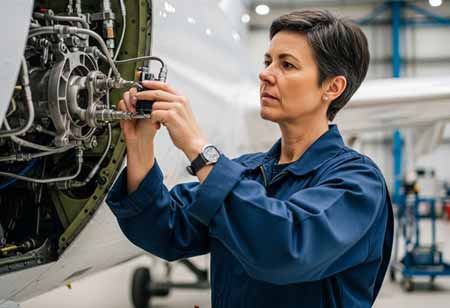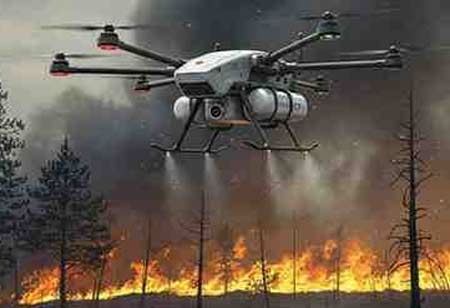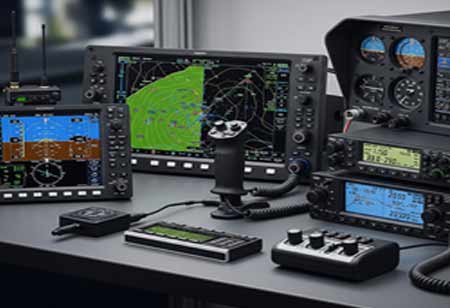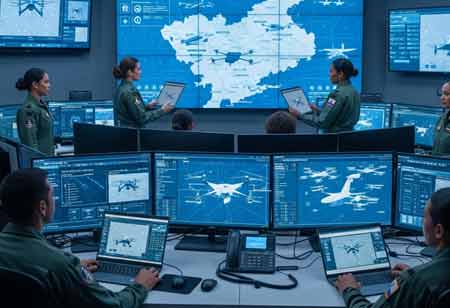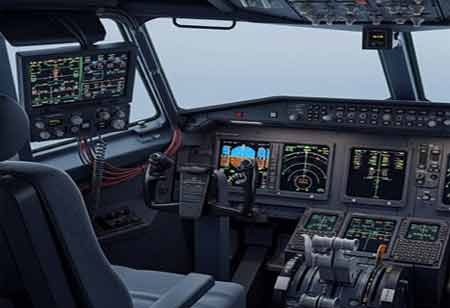Fremont, CA: Aircraft maintenance is a determining factor for air transportation's safety, reliability, and efficiency. Now, in an industry where precision and performance are everything, unscheduled and thorough maintenance could very well be declared an exception to the rule in aviation operations. Be it a case of a scheduled inspection, preventive maintenance, or repair of a malfunctioning system, maintenance activities feed directly into the integrity of each flight. For those working for the airlines, the operator, and local maintenance personnel, the goal remains the same: keep the aircraft at peak performance with the least risk possible and in compliance with regulations.
Ensuring Safety through Consistent Preventive Measures
Safety is at the core of aircraft maintenance. Maintenance routines are arranged to detect and rectify malfunctioning of performance before an aircraft engages in flight. These may include those designed to check flight control systems, engines, landing gear, avionics, and structural components, so everything satisfies exacting airworthiness standards. Thus, regular maintenance keeps component failures from coming into play, resulting in possible in-flight maladies or inconveniences on the ground. Thorough and conscientious record-keeping complements an objective, a clear-cut history of each aircraft's condition and service events. Adding to safety would be the existence of national and International Regulations for Aviation, which lay down mandatory inspection intervals and procedures according to aircraft type and usage.
Promoting Operational Reliability and Efficiency
The impact of maintenance extends to an aircraft's reliability and operational efficiency. Those aircraft that are maintained well and regularly would likely be available for flight, which is very consequential to an airline's reputation and passenger satisfaction. If an airplane suddenly develops a mechanical problem, it can create delays, disruptions, and profound monetary loss. Routine servicing reduces the likelihood of unscheduled maintenance by preventing problems before they occur. When these maintenance programs are appropriately managed, they can increase the life span of aircraft systems and components and thus be used to help minimize overall costs by the operator. Therefore, this helps keep that aircraft safe, commercially available, and operationally reliable.
Supporting Environmental Responsibility and Performance Standards
Environmental performance is where aircraft maintenance comes in. Optimal fuel consumption results from well-tuned engines with clean aerodynamics and well-maintained fuel systems, reducing emissions over time. To meet environmental standards put in place by the aviation authorities, maintenance practices that ensure and monitor oil consumption, exhaust levels, and noise output are required. Moreover, as aircraft evolve, maintenance teams find their workload expanded to include the management of systems explicitly designed to improve energy efficiency and lessen environmental impact. This performance improvement can only be achieved by bringing maintenance to the system's price.
Aircraft maintenance is essential for ensuring an aircraft's safety, reliability, and sustainability. It enables each airframe to perform optimally while maintaining smooth operational logistics and upholding safety and environmental standards. As aviation evolves and travel demands increase, regular maintenance becomes even more critical in modern aviation.



